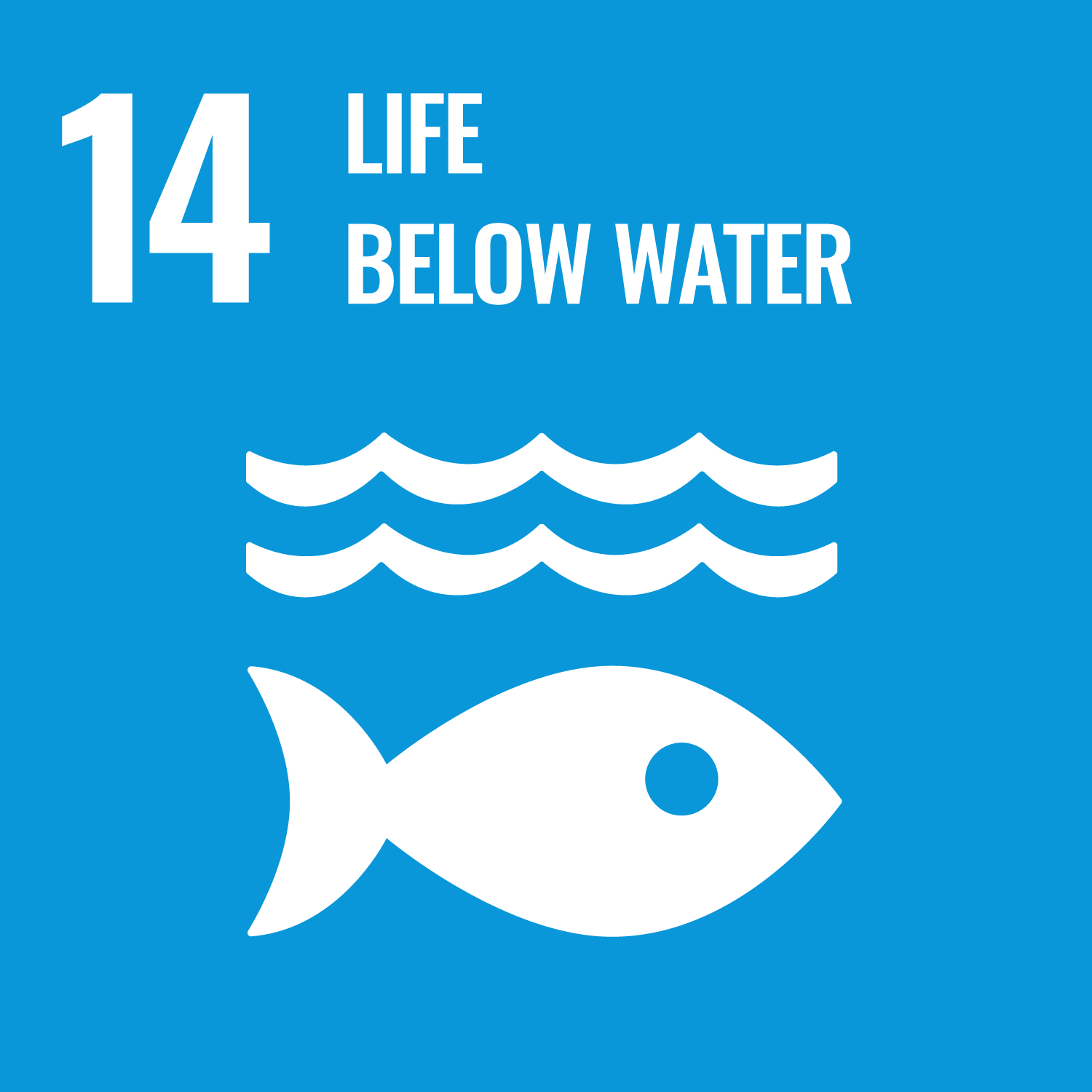Skilbeck, O.J., Blackburn, R.S. orcid.org/0000-0001-6259-3807 and Kay, P. (2025) A review on the biodegradation of textiles in the environment. Environmental Toxicology and Chemistry. vgaf229. ISSN: 0730-7268
Abstract
Research on the environmental impact of textiles has grown in recent years although relatively scant attention has been given to the effects of the textile production process and environmental conditions on textile fates in the environment. Most work has focused on synthetic fibers, and where cellulosic materials have been studied, they have been assumed to be “natural,” despite textile production processes mean this is often not the case. This review article synthesizes current work published on the biodegradation of fibers in the environment to guide future research in the field and better understand environmental fate. Biodegradation of cellulosic textile materials, ranges between 10% and 89% with variation measured between environments and textile characteristics. This is greater than reported for synthetic textiles (not exceeding 5% degradation). As has been reported in many studies of plastics in the environment, large variation exists in the reported biodegradation data due to differences in the methodologies used, particularly in terrestrial environments. Standardized methods have been widely applied to biodegradation studies which typically elevate temperatures and inoculate environments with microorganisms that would not naturally occur in natural environments. This had led to enhanced levels of biodegradation occurring in these experiments. Studies measuring biodegradation under more natural conditions, including lower temperatures and naturally occurring inoculums, have reported biodegradation 42% lower than when higher temperatures were maintained. Biodegradation has been reported to be reduced following the application of reactive dyes, water repellents, easy-care finishes, and antimicrobial treatments. Consideration of the impact of chemical dyes and finishes on biodegradation levels is needed alongside environmentally representative biodegradation studies to develop a more in depth understanding of the environmental fate of microfiber pollution.
Metadata
| Item Type: | Article |
|---|---|
| Authors/Creators: |
|
| Keywords: | biodegradation, emerging pollutants, environmental fate, microfibers |
| Dates: |
|
| Institution: | The University of Leeds |
| Academic Units: | The University of Leeds > Faculty of Arts, Humanities and Cultures (Leeds) > School of Design (Leeds) |
| Date Deposited: | 14 Oct 2025 09:58 |
| Last Modified: | 14 Oct 2025 09:58 |
| Published Version: | https://academic.oup.com/etc/advance-article/doi/1... |
| Status: | Published online |
| Publisher: | Oxford University Press |
| Identification Number: | 10.1093/etojnl/vgaf229 |
| Related URLs: | |
| Sustainable Development Goals: | |
| Open Archives Initiative ID (OAI ID): | oai:eprints.whiterose.ac.uk:232852 |


 CORE (COnnecting REpositories)
CORE (COnnecting REpositories) CORE (COnnecting REpositories)
CORE (COnnecting REpositories)